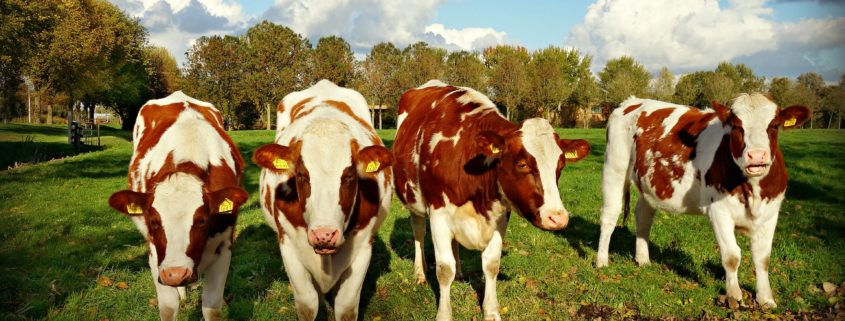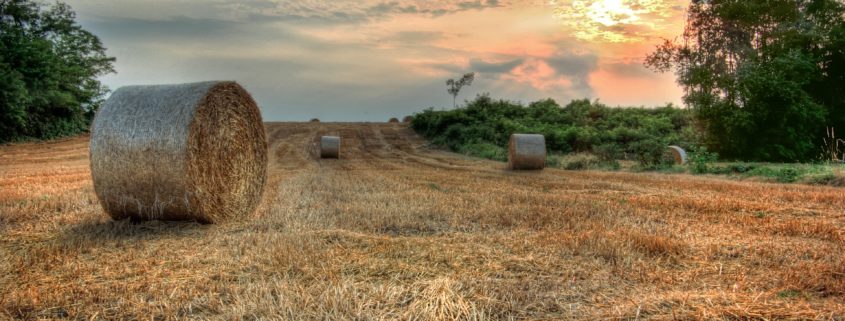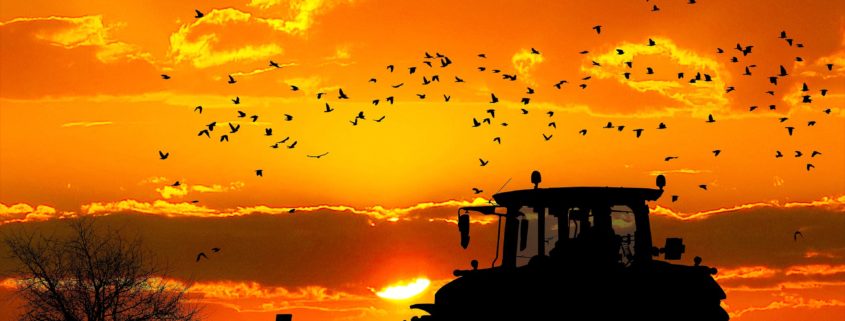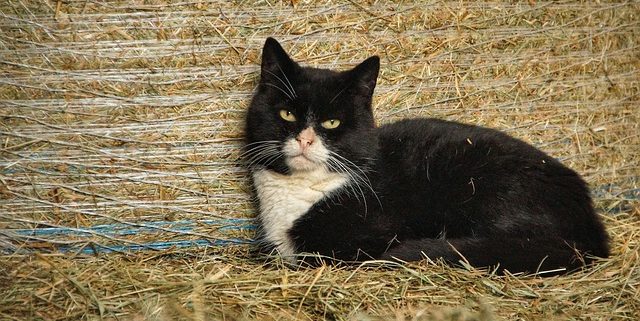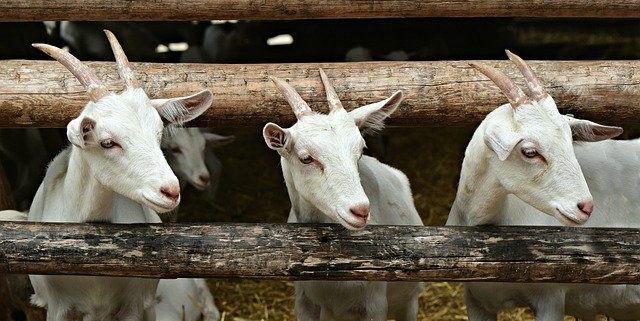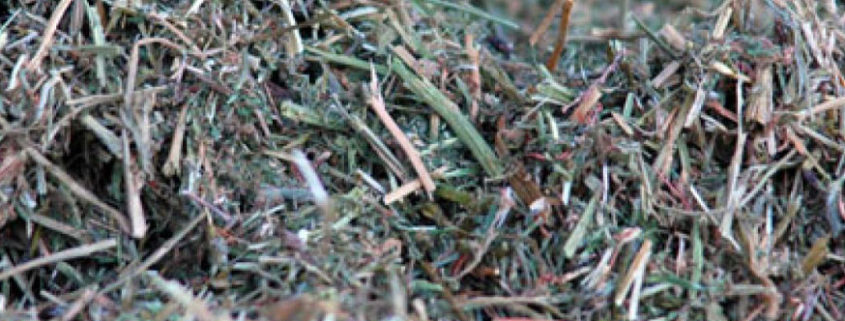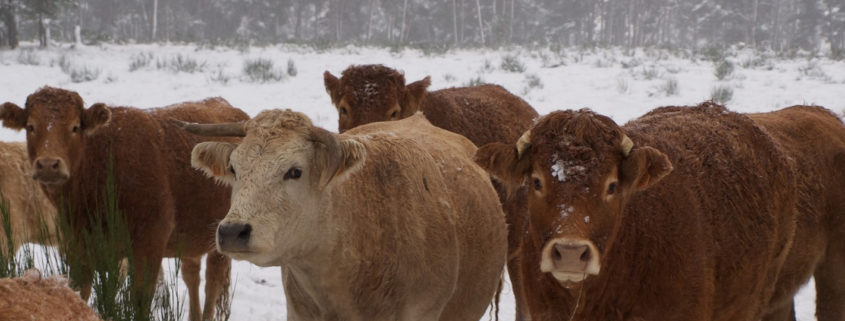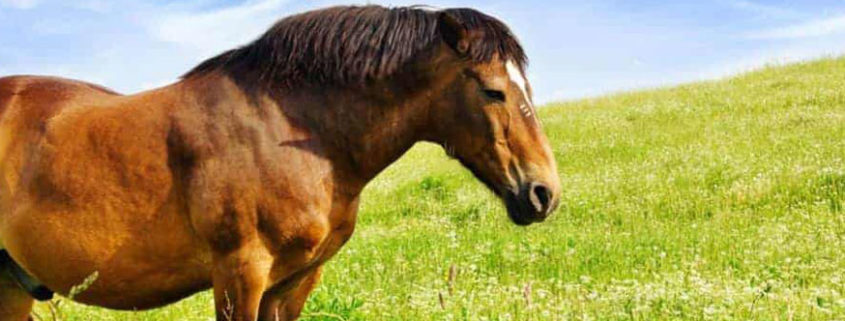Cows are often deliberate in choosing what to eat. Specifically, a cow will tend to prefer shorter forage because it is easier to eat. However, much of the hay that cows are fed are much longer than they eat if left to their own devices. Importantly, shorter feed is not only less taxing to eat, but also easier to digest and provides better nutrition. For this reason, farmers should consider how to optimize feed for their cows.
Although it might be tempting to use your land to cultivate hay, not all land is equally suitable for hay production. As such, it is vital to consider the multitude of factors that dictate whether hay production is economically viable.
Currently, the alfalfa market is controlled by a few very prolific producers. This is a somewhat recent trend, as the number of suppliers has fallen precipitously over the past few decades. As with any development in the alfalfa market, there are both pros and cons associated with this trend.
One might be inclined to think use the terms “hay” or “straw” interchangeably, but they are actually quite different. In fact, many of the things that people think of as being hay, like the material you sit in during a hayride, are actually straw.
For goats to remain healthy, it is important to provide them with quality food that they enjoy. It also is important to understand how goats digest food. As ruminants, goats have a four-compartment stomach designed for digesting browse or hay. Unlike many other grazing species, goats can readily digest cellulose, the fibrous part of plant material. They also prefer browse – such as brush, twigs and weeds – to tender grass.
No matter what the size of your cattle operation, reducing feed waste will improve your bottom line. Using the four steps outlined above will allow you to do so without compromising animal health.
When it comes to managing your cow herd in the winter, nutrition, vaccinations and shelter are three of the most important considerations. The better these three issues are managed, the more productive you will find your cow herd when warm weather arrives again in the spring.
Today, approximately one in five horses in the United States is at risk from complications stemming from obesity. While multiple factors contribute to obesity in horses, the culprit at the heart of most of these factors is urbanization. Urbanization in horses has led to more confinement, less exercise and higher planes of nutrition.

